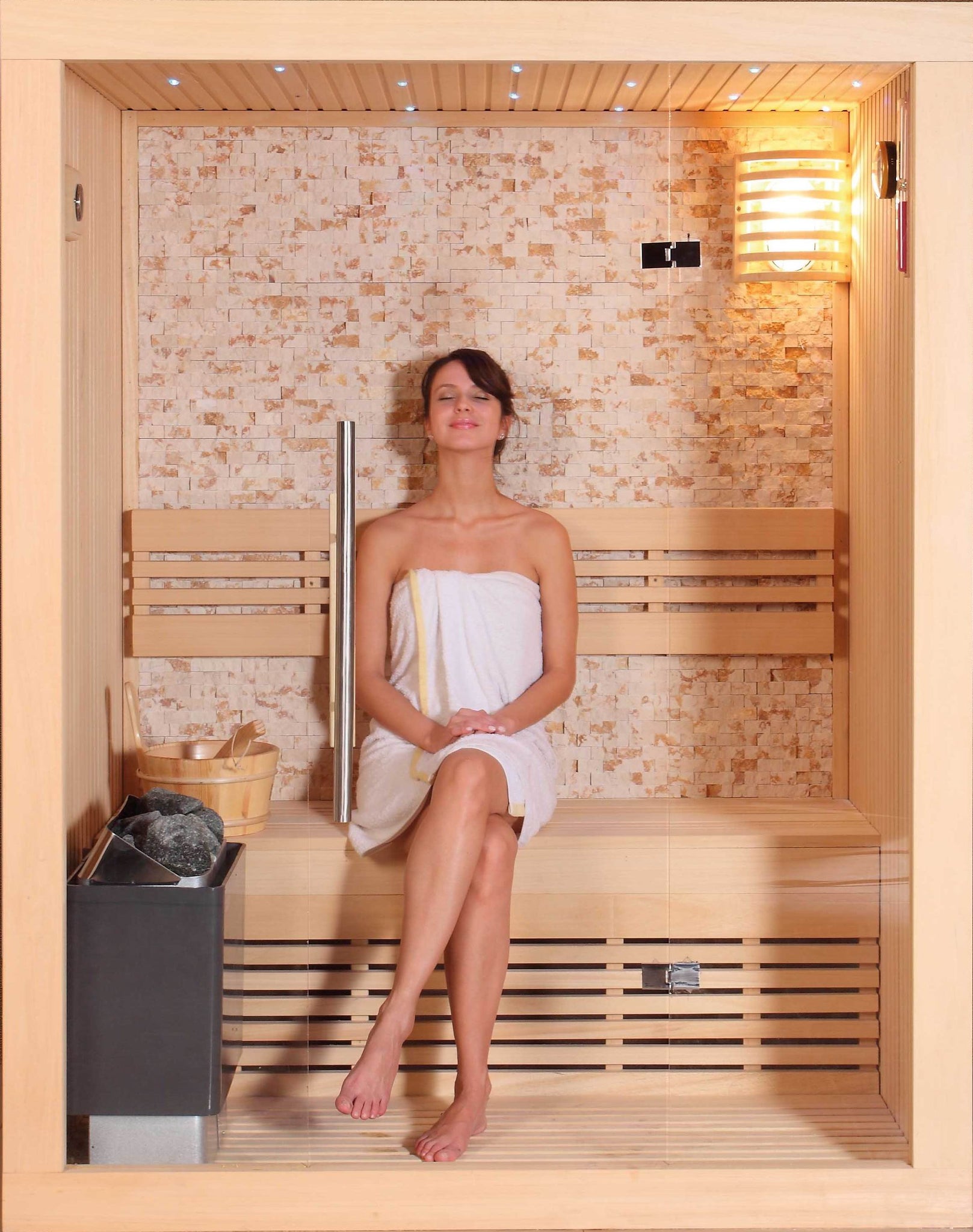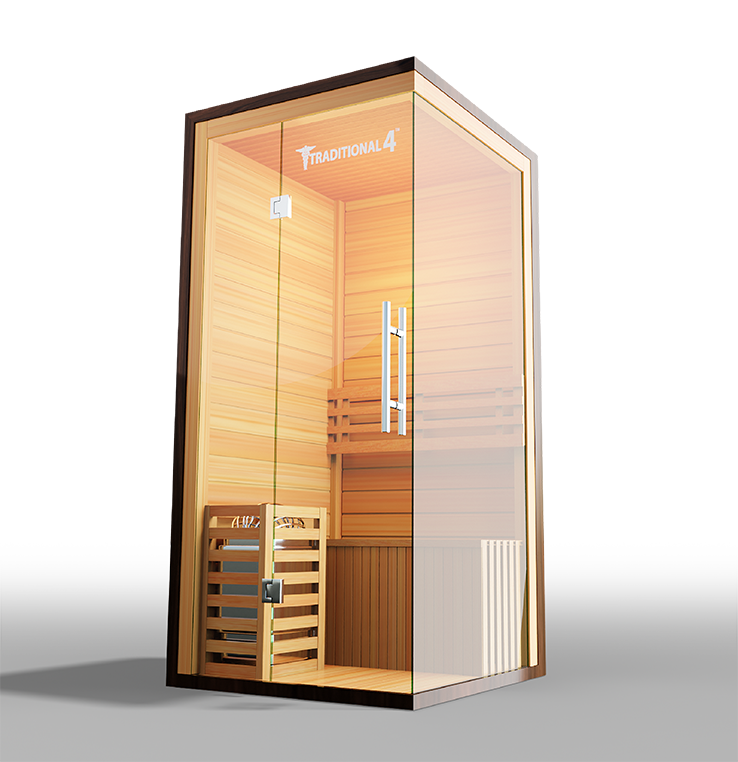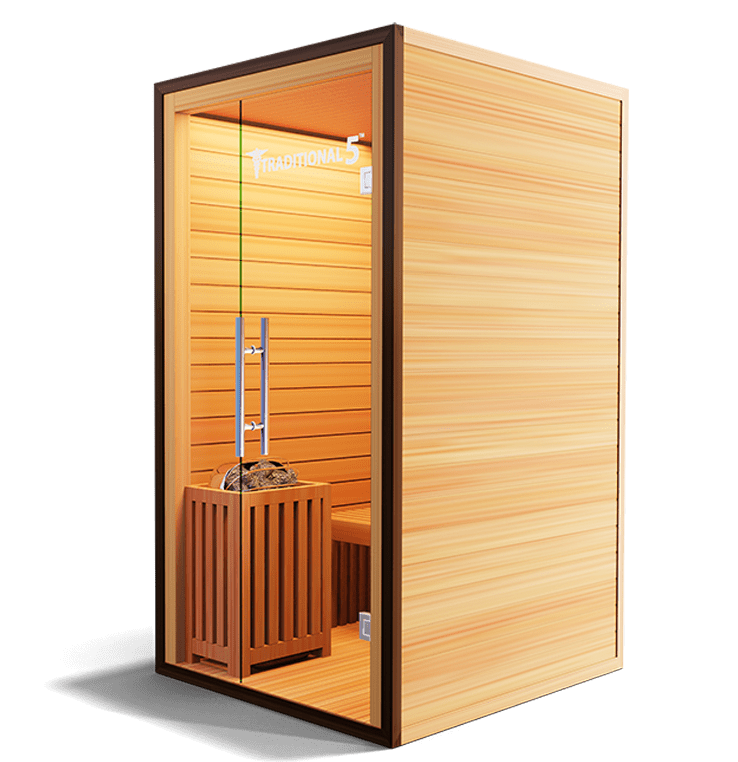The Best Guide To Traditional Sauna
The Best Guide To Traditional Sauna
Blog Article
A Biased View of Traditional Sauna
Table of ContentsTraditional Sauna Fundamentals ExplainedThings about Traditional SaunaA Biased View of Traditional SaunaEverything about Traditional SaunaGetting The Traditional Sauna To Work
A lot of the weight lost in a sauna is water loss and is re-gained upon rehydrating. Without a question sauna can be a vital part of a healthy and balanced weight loss program. To take a look at the distinctions between typical and IR saunas, I will certainly separate these into verifiable, theoretical, and made distinctions.Thus, the hottest point in the saunawhich goes to the ceiling straight over the sauna heateris normally in between 185 and 190 F. Claims that a typical sauna surpasses 200 F is just not real and not suitable for electrical saunas sold in the United States. The temperature for a far-infrared sauna is generally established in between 120 and 140 F; however, unlike the traditional sauna, the objective in and IR area is not to achieve a high temperature level.

When a traditional sauna has been properly heated up, the sauna wall surfaces are cozy, the air temperature level has attained set temperature level and the rocks are incredibly warmed. As an intriguing side note, the warmed walls and the rocks are emitting far-infrared warm, combined with the warmed air, to develop an "covering heat".
The Traditional Sauna Statements
When the heat is accomplished, the aspects cycle on and off to keep the high temperature level. A lot of standard sauna customers appreciate pouring water over the rocks to develop vapor to increase sauna moisture levels. The benefits of pouring water over the rocks include: making the area extra comfortable, dampening the nasal flows, and enabling the usage of aromatherapy by mixing necessary oils with the water.

When the power gets in the body, it triggers the body temperature to boost and ultimately results in sweating. In an infrared sauna it is necessary for the emitters/heaters to stay on practically constantly. Given that there is no mass of rocks to retain warmth, the sauna will certainly cool if the emitters shut off.
Things about Traditional Sauna
As stated over, the sauna bather in an infrared area desires to place himself before operating emitters to obtain optimal advantage from the warmth. The heating time for both areas can be very different, depending on just how the rooms are made use of. For a traditional sauna, a bather ought to permit 30-40 mins for the space to achieve a desired temperature and to effectively pre-heat the rocks.

A well built sauna will commonly attain a temperature of 150-160 F in about 30-40 minutes (Traditional Sauna). For hotter temperature levels, the area might require to warm for a longer duration. Once the space achieves set temperature level, the heater will cycle on and off, usually running regarding 50% of the moment. The shielded wall surfaces and the heated rocks will certainly keep the space warm and at steady temperature levels.
To some, 15 mins was "wasted" while the infrared energy heated the timber panels instead than heating up a body, while hop over to here others discover a pre-heated room to be a lot more comfy and think an elevated starting temperature is necessary to begin perspiring. The length of advised usage for every space is about the same (10-15 mins per session); however, due to the lower air temperatures and the capacity to feel the results of infrared warmth faster than a conventional sauna, it is not unusual for an individual to spend a total of 20-30 mins in an infrared sauna.
Some Of Traditional Sauna

The ordinary price per kWH of electrical energy in the U.S. is around $0.11, so a 4.5 kW heating unit will set you back approximately $.50 to run for one hour, if the heating system runs continuously for one hour. Commonly a sauna heater will certainly compete 75% of the first hour and 50% of subsequent hours on considering that the elements cycle once the set temperature is attained.
A 2 person far-infrared room is normally literally smaller sized than a standard sauna, commonly concerning 4' x 4' or smaller. The IR furnace is commonly 1.5-1.7 kW utilizing a 120 volt 15 amp plug-in service. Considering that the room can be utilized faster than a sauna room, we will certainly presume the space is utilized for to of an hour consisting of warm up time.
Lastly, there is a rarely discussed difference in the social experience between the two rooms. While Get the facts our culture has shed several address of the social benefit of the standard sauna experience, it can be really socially satisfying (Traditional Sauna). From family members time in the sauna, to heart-felt conversations with considerable others, to sauna partiesthe conventional sauna experience can cause intimate mingling
The Single Strategy To Use For Traditional Sauna
A lot of higher end infrared spaces include tinted light therapy, sound systems and full-glass fronts.
Report this page